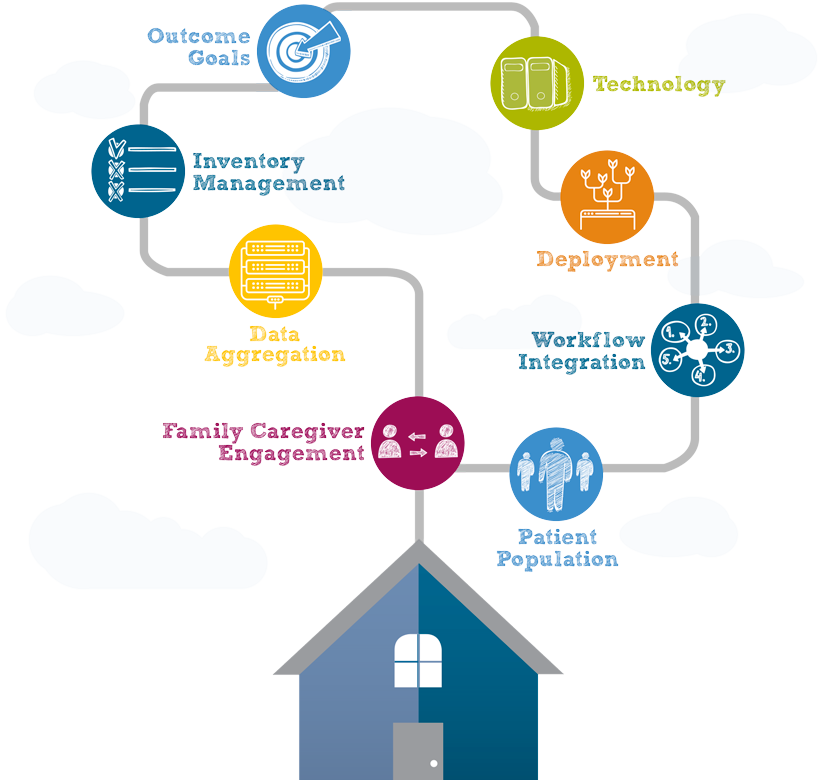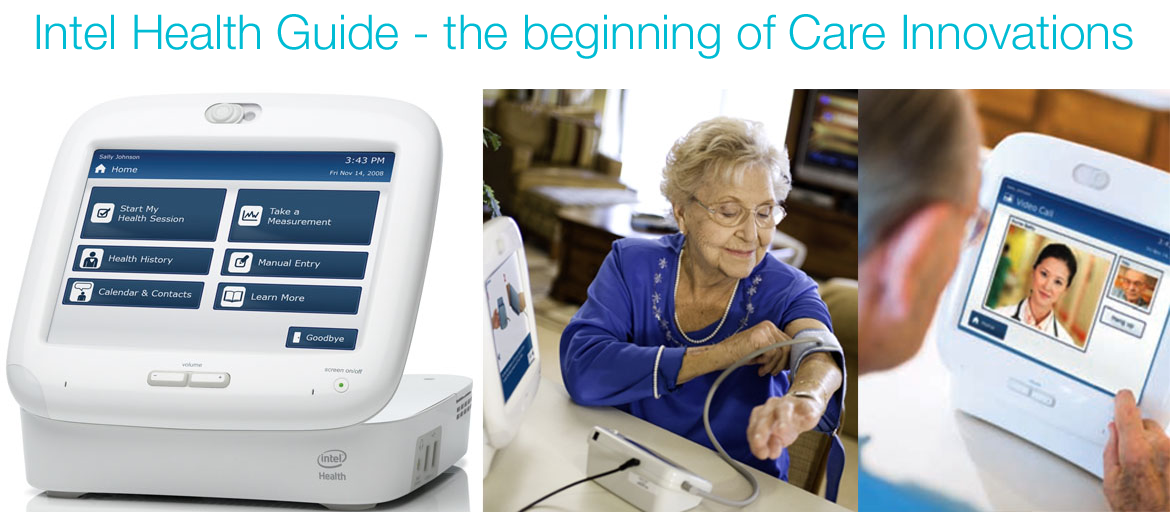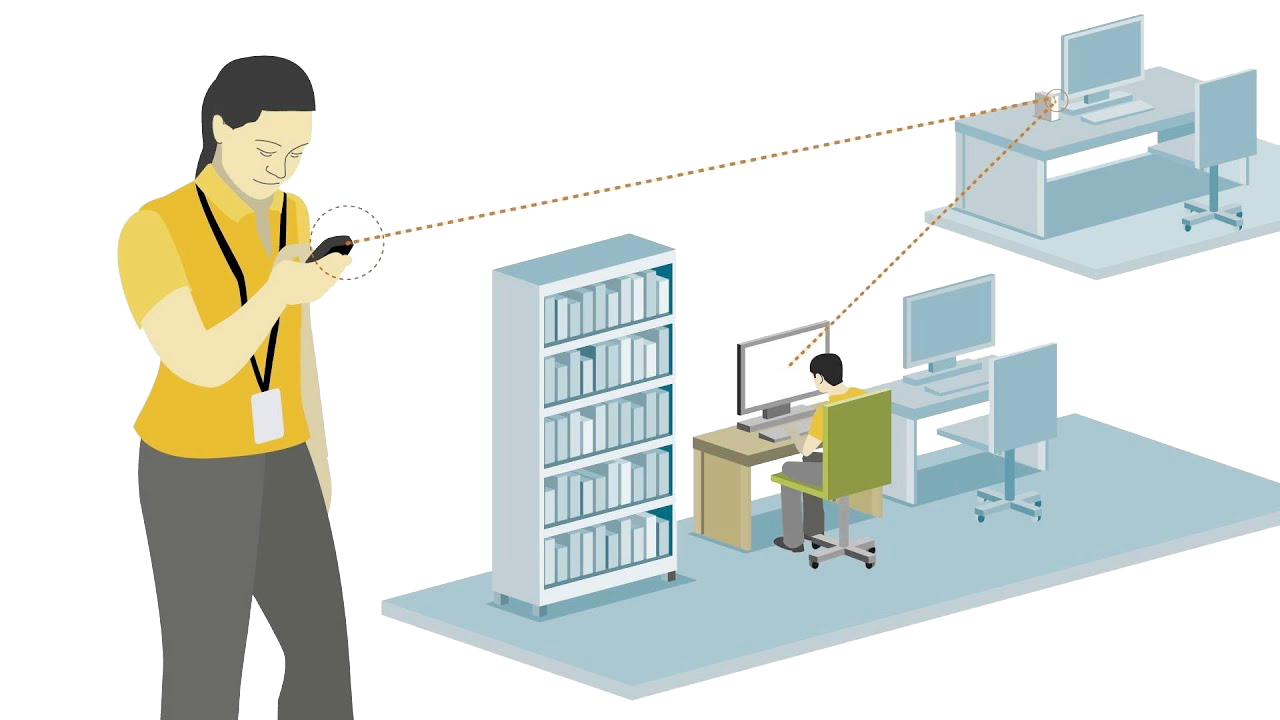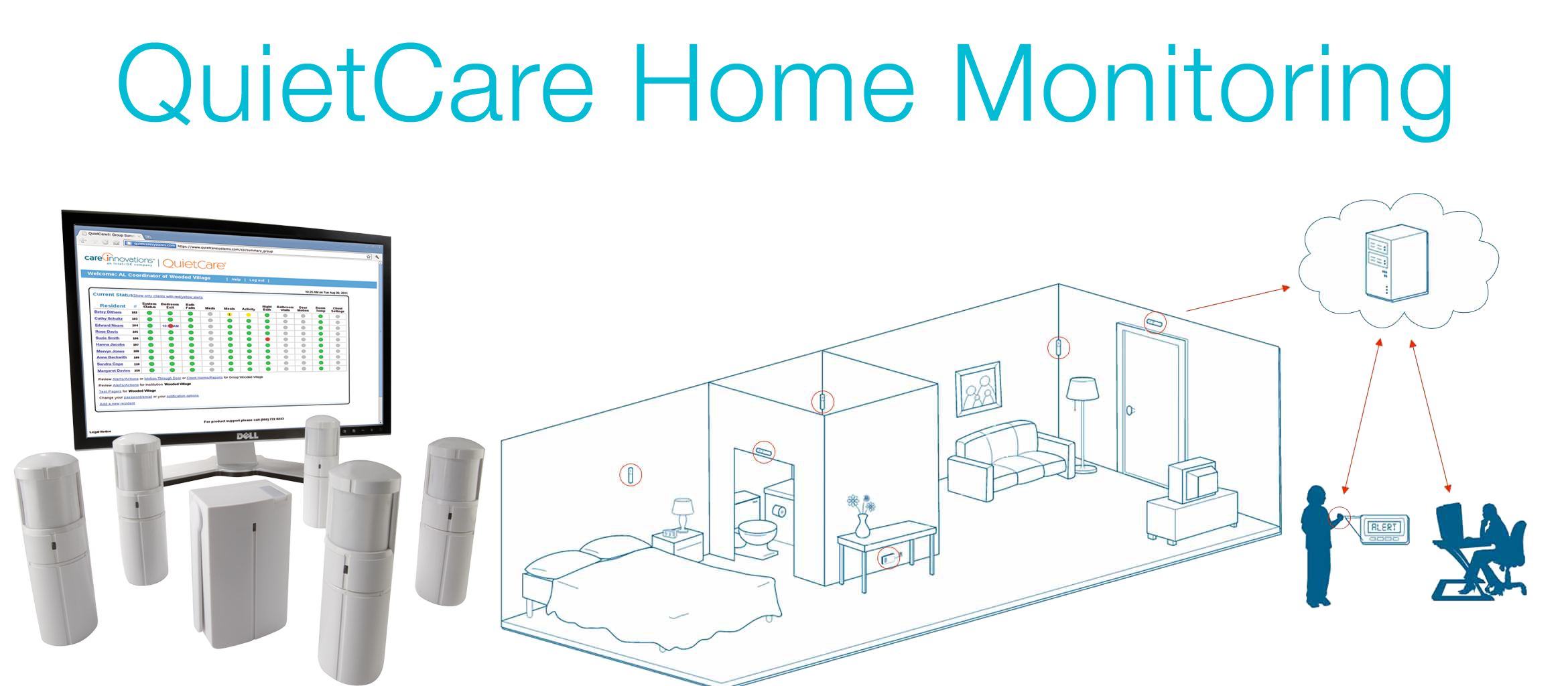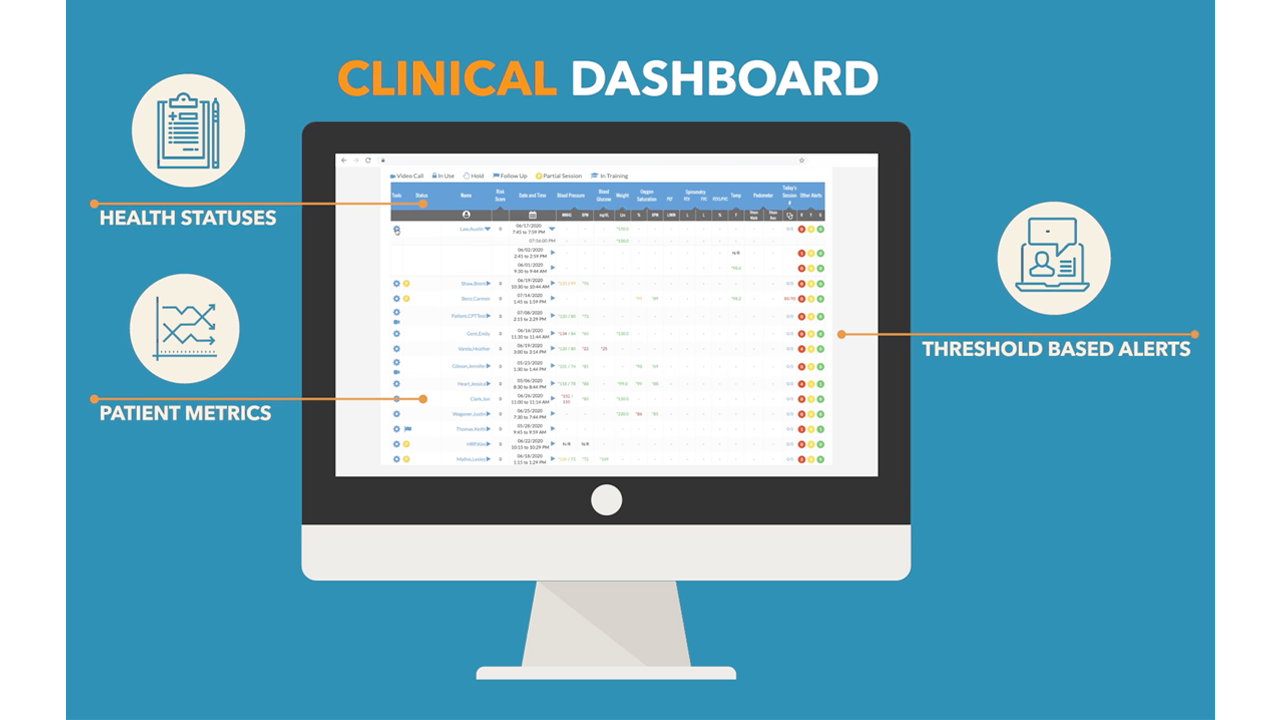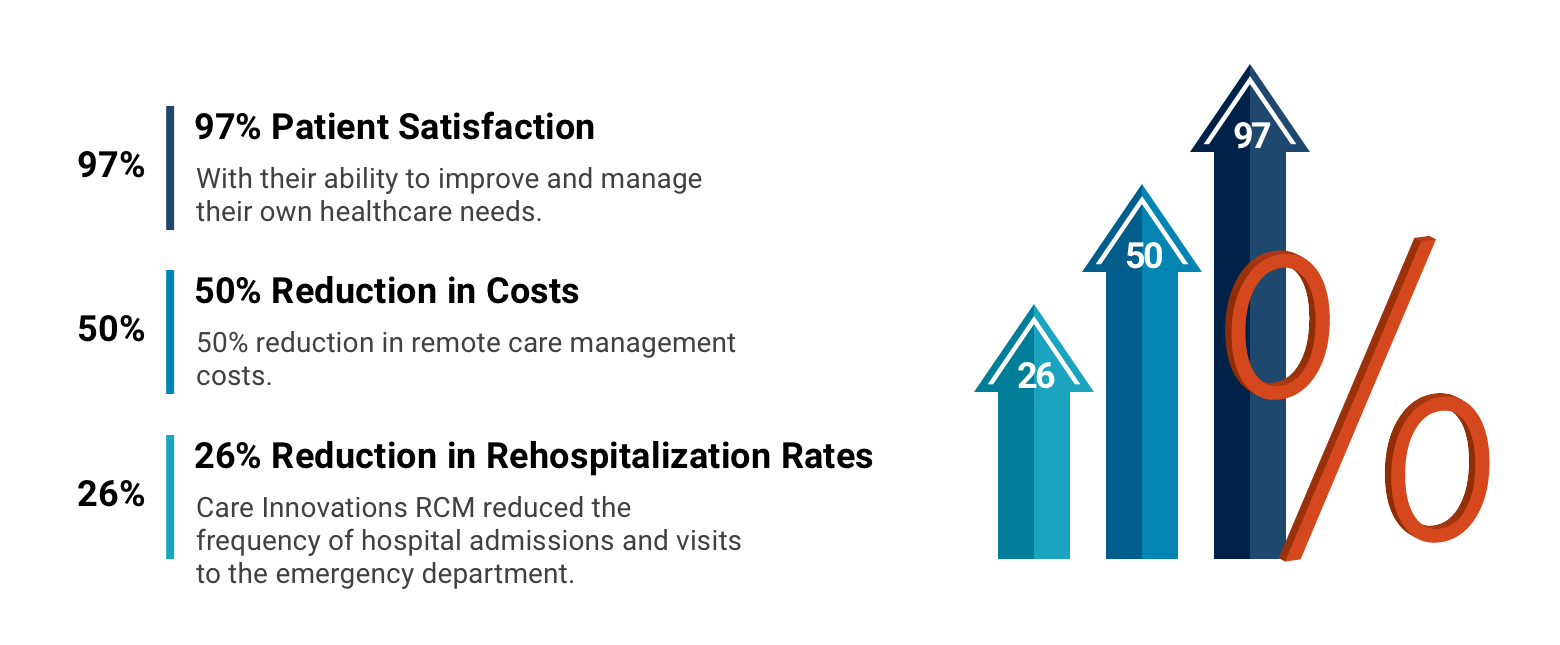
To protect sensitive business interests, designs and details are limited to general information, and some images are intentionally obscured.
DIGITAL HOUSE CALLS
Care Innovations® is an award-winning healthcare technology system for delivering care beyond the traditional walls of medicine through remote patient monitoring, digital therapeutics, telehealth, Healthcare PaaS and SaaS, and population health. User-centered, simple processes allow payers and providers to utilize remote care on a much greater scale.
Care Innovations® extends care into the home with a robust technology platform, workflow integration, and logistical management. The resulting program helps payers, providers, pharma, home care, and other health systems lower costs 50%, lowers rehospitalization rates 26%, and provides higher quality care via remote care delivery with a 97% patient satisfaction rate.
The Care Innovations suite of projects resulted in an award-winning, life-changing healthcare system that is considered the world's most accessible, user-friendly remote healthcare monitoring solution.
As UX Manager, I had the privilege of building a talented team, guiding user experience, usability, and research, to conceive and produce a completely new platform that established standards for remote care software. Cutting-edge methods were used to collect, aggregate, and analyze data to provide informed insights and define processes to make Care Innovations a reality.

First in telehealth. Setting the gold standard for remote care management.
Intel-GE Care Innovations, was a joint venture between Intel Corporation and GE Healthcare, which connects the care continuum to the home and makes it easier for patients, family caregivers, and professional caregivers to interact and achieve better health at home.
Experts in technology and behavior change worked to develop the world-class Health Harmony software platform and hardware products for this first-of-its-kind telehealth venture, which set the gold standard for remote care management.
Care Innovations provides a product suite that includes activity sensors, health monitors, and software solutions to help caregivers collaborate with care professionals to conveniently manage health care at home.
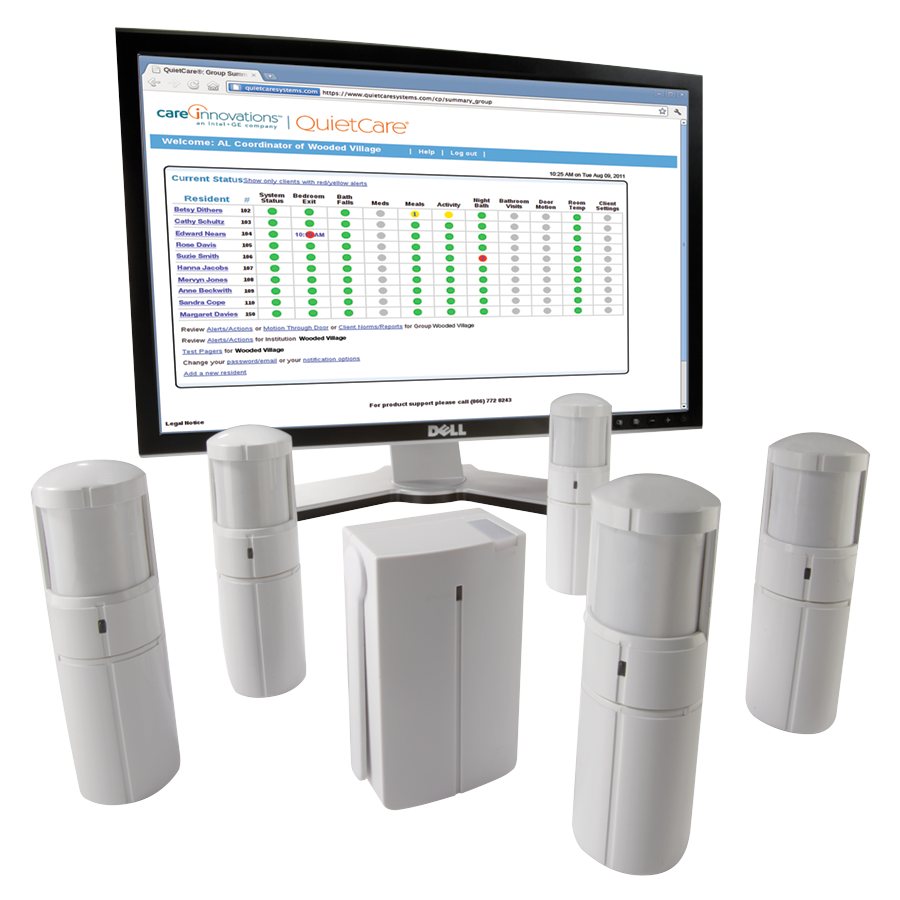
The project identified the best methods for health care providers and health plans to capture and integrate real-time data from the home into care delivery. My work included development of the company's remote care management solution, which delivers insights for timely intervention and superior patient engagement with patients outside the formal care setting.
The platform is built with a smart filter and predictive analytics that sorts the complex array of aggregated data captured from a wide array of sensors and sources present in the daily lives of patients.

